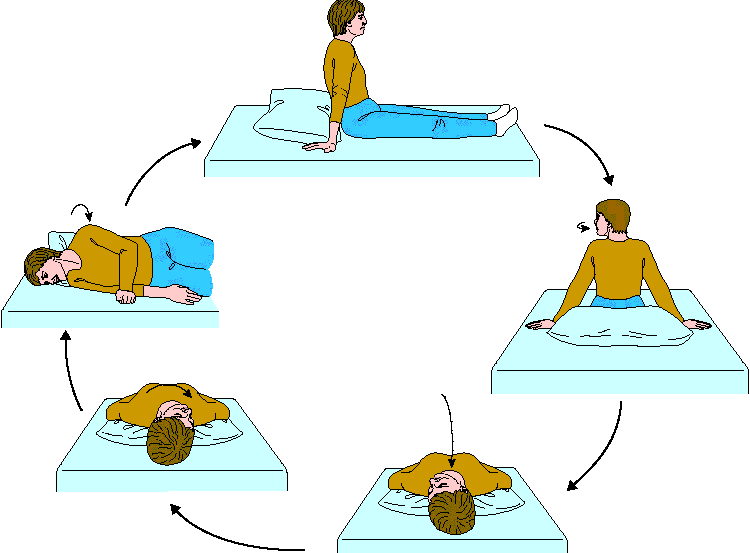Vestibular Dysfunctions and Vertigo
What is Vestibular Dysfunctions and Vertigo?
The vestibular system includes the parts of the inner ear and brain that process the sensory information involved with controlling balance and eye movements. If disease or injury damages these processing areas, vestibular disorders can result. When the vestibular organs are damaged with disease or injury, the brain can no longer rely on them for accurate information about equilibrium and motion. Many people are able to recover from these symptoms on their own after a few weeks of normal activity because the brain has adapted with a process called vestibular compensation. However, if the vestibular compensation process is not successful, a person's ability to maintain posture and coordinate balance may become overly dependent on input from the eyes (vision) and muscles and joints (proprioception). In addition, the person may develop new patterns of head and body movement in an attempt to avoid dizziness and nausea. Unfortunately, developing new patterns of head and body movements can worsen symptoms and often cause headaches, muscle tension, and fatigue.
Benign paroxysmal positional vertigo (BPPV) is the most common disorder of the inner ear’s vestibular system, which is a vital part of maintaining balance. BPPV is benign, meaning that it is not life-threatening nor generally progressive. BPPV produces a sensation of spinning called vertigo that is both paroxysmal and positional, meaning it occurs suddenly and with a change in head position. It may be treated with the Epley's Maneuver. Our Vestibular Physiotherapists are BPPV trained to assess whether this technique may be appropriate to perform.
What are Symptoms of a Vestibular Dysfunction?
- Dizziness
- Vertigo
- Light headedness and disorientation
- Poor Balance
- Headaches
- A spinning sensation
- Difficulty reading or concentrating
- Motion sensitivity
- Blurry Vision
- Nausea and vomiting
- Sensitivity to light
Difficulty hearing

Epley's Maneuver

How is Physiotherapy Beneficial for Vestibular Dysfunctions?
Vestibular Rehabilitation Therapy (VRT) is an exercise-based program designed to promote central nervous system re-training for inner ear deficits. The goal of VRT is to retrain the brain to recognize and process signals from the vestibular system in coordination with vision and proprioception. Even individuals with long-term unresolved inner ear disorders who have undergone a period of medical management with little or no success may benefit. VRT can also help people with an acute or abrupt loss of vestibular function following surgery for vestibular problems. Some of the exercise and activities may at first cause an increase in symptoms as the body and brain attempt to sort out the new pattern of movements. However, in most cases balance improves over time if the exercises are correctly and faithfully performed. Muscle tension, headaches, and fatigue will diminish, and symptoms of dizziness, vertigo, and nausea will decrease or disappear. Many times, VRT is so successful that no other treatment is required.
What Happens During Vestibular Rehabilitation Therapy?
Cheryl Davies and Rick Fryzuk are both trained in Vestibular Rehabilitation Therapy at our clinic. One of the two physical therapists will first perform a thorough evaluation that begins with a medical history and includes observing and measuring posture, balance, and compensatory strategies. The assessment may also include eye-head coordination tests that measure how well a person’s eyes track a moving object with or without head movement. Also, a questionnaire measuring the frequency and severity of symptoms associated with your lifestyle may be administered. Using the evaluation results, the therapist will develop an individualized treatment plan that includes specific head, body, and eye exercises to be performed both in the therapy setting and at home. These exercises are designed to retrain the brain to recognize and process signals from the vestibular system and coordinate them with information from vision and proprioception.
